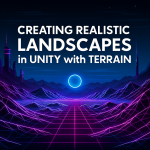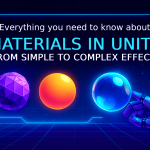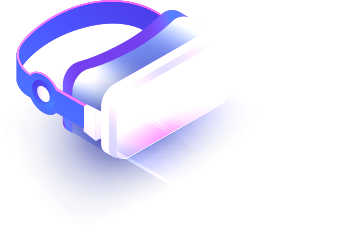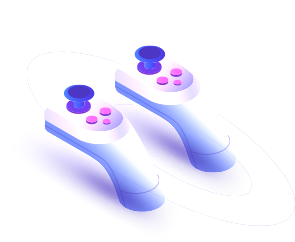Complete Particle System Guide: Creating Fire, Smoke, and Magic
10 Sep 2025
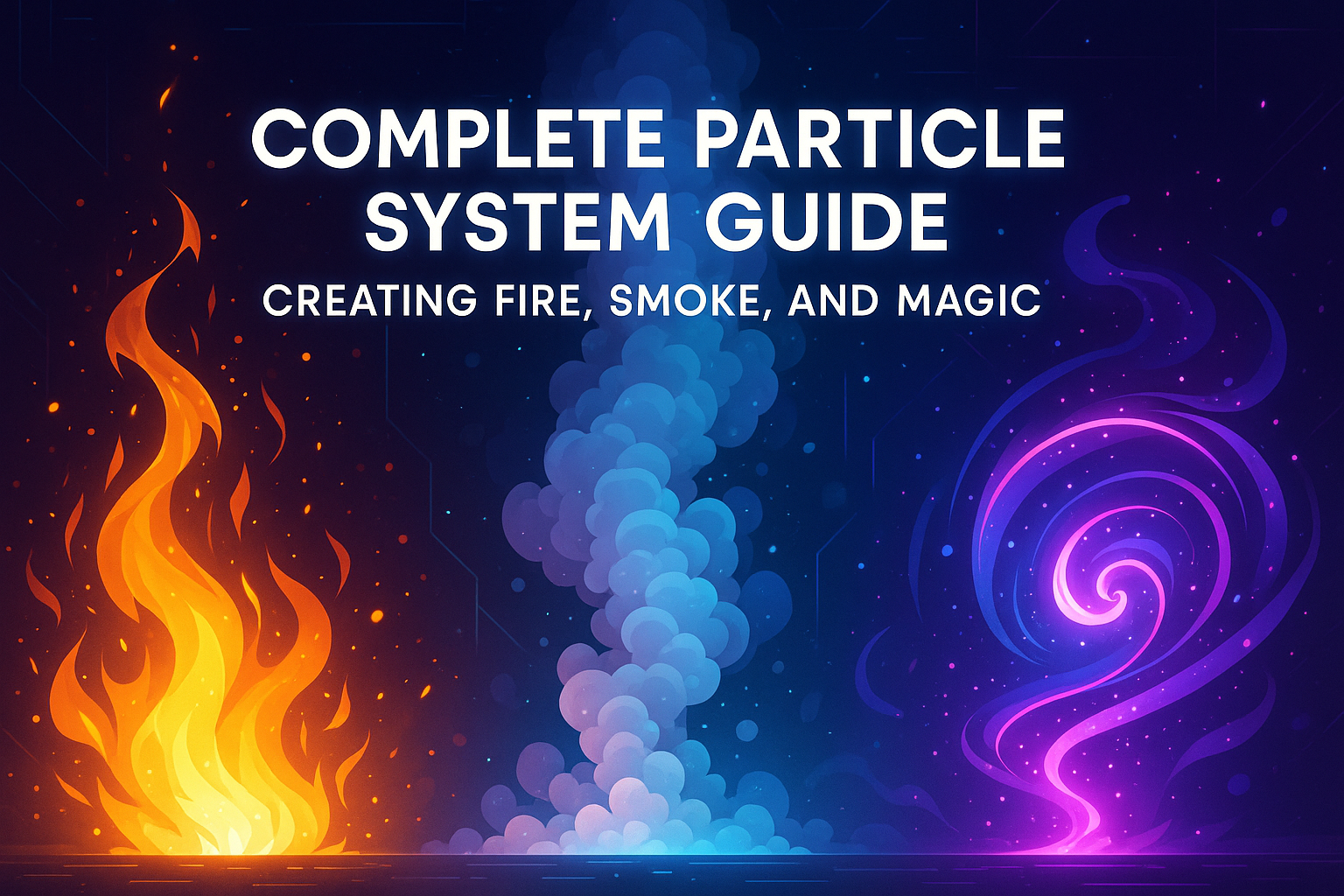
Unity Particle System is a powerful tool for creating visual effects in real time. Particles are used in everything from smoke and fire to magical flashes, rain, snow and explosions. In this article, we will take a detailed look at how to get started with the particle system in Unity, explore its main components and parameters, and give examples of creating various effects.
What is the Particle System in Unity
The Particle System is a component that allows you to generate, animate and render a large number of small objects (particles), simulating physical and visual phenomena. Each particle can be represented as a texture (sprite), have a color, size, speed, lifetime and other characteristics. Together, they create the effect of movement and dynamics.
How to get started
To create a particle system:
Open Unity and create a new 3D project or use an existing one.
In the hierarchy, click Right Click → Effects → Particle System. An object with a visual smoke effect will appear on the scene.
Select the created system and open the Inspector to access all the parameters.
Particle System Main Modules
Each particle system in Unity consists of a set of modules. Here are the main ones:
Main — the main module, where the basic parameters are set: duration, looping, speed, lifetime, size, color.
Emission — determines how many particles and how often they are created.
Shape — the shape of the emission source: cone, sphere, plane, etc.
Velocity over Lifetime — changes the speed of particles over time.
Color over Lifetime — allows you to set color animation during the life of the particle.
Size over Lifetime — scales particles over time.
Rotation over Lifetime — adds rotation.
Noise — creates random movements, especially useful for smoke.
Collision — allows particles to interact with scene objects.
Renderer — determines how particles are rendered (texture, material, sorting, etc.).
Example 1: Flames or Fire
To create a fire effect:
Create a new Particle System.
In Main, set Start Lifetime to about 1 second, Start Speed to about 1.5, Start Size to 0.5–1.
In Color over Lifetime, set a gradient from yellow-orange to transparent.
Turn on Size over Lifetime and decrease the size over time.
In Shape, select Cone with an angle of 25–30 degrees.
Add some Noise and Velocity over Lifetime to make the flames "play".
In Renderer, assign a fire texture (for example, "Flare").
Example 2: Rain
Create a Particle System, rotate it upwards.
In Shape, select Box, stretch it to cover the game scene.
Set Start Speed to about 10–20, Start Lifetime to 1–2 seconds.
In Renderer, use a long raindrop texture or a thin sprite.
Turn off Looping if you want the rain to be short, or turn it on for a continuous effect.
You can add Collision to make the raindrops disappear when they hit the ground.
Example 3: Explosion
Create a Particle System.
In Main, set Start Lifetime to 0.5, Start Speed to 10–20, Start Size to 2–4.
In Emission, set Rate over Time to 0, and add Burst (e.g. 100 particles at a time).
Turn on Size over Lifetime: the particles shrink quickly.
In Color over Lifetime, use a gradient: from white-orange to black.
Use Shape → Sphere.
In Renderer, set a glowing or sparkling texture.
Performance Tips
Don't overuse the number of particles: keep their number reasonable.
Use GPU Instancing if possible.
Optimize textures: reduce size, use atlases.
Turn on Culling to prevent inactive particles outside the frame from being rendered.
Combining systems
For complex effects (for example, an explosion with smoke and sparks), you can use several particle systems, collected in a prefab or grouped under one object. Each will be responsible for its own part of the effect: smoke, light, sparks, flash, etc.
The Particle System in Unity is a fundamental tool for creating striking visual effects. From simple fog to complex magic, it all starts with the right understanding of parameters and practice. Experiment with modules, combine effects, use custom textures and animations to bring your scene to life and make it truly dynamic.
Related games
Jungle Cars Trip Multiplayer - Invite your friends!
Game: Perform tasks and rest cool. 2200 people play!
Play gameElectron in the transistor-resistor kingdom
Game: Perform tasks and rest cool. 2622 people play!
Play gameRelated news
Rendering in Unity: Pipeline Overview and Creating Realistic...
Explore Unity's rendering pipelines and learn how to create stunning, realistic water effects. A complete guide for developers seeking performance, flexibility, and visual impact.
Read moreCreating Realistic Landscapes in Unity with Terrain
Learn how to create stunning and realistic landscapes in Unity using the Terrain system. Tips, tools, and techniques for building immersive game worlds.
Read moreEverything you need to know about materials in Unity: from s...
Materials in Unity are one of the most important aspects of rendering that help create realistic or stylized surfa...
Read more
